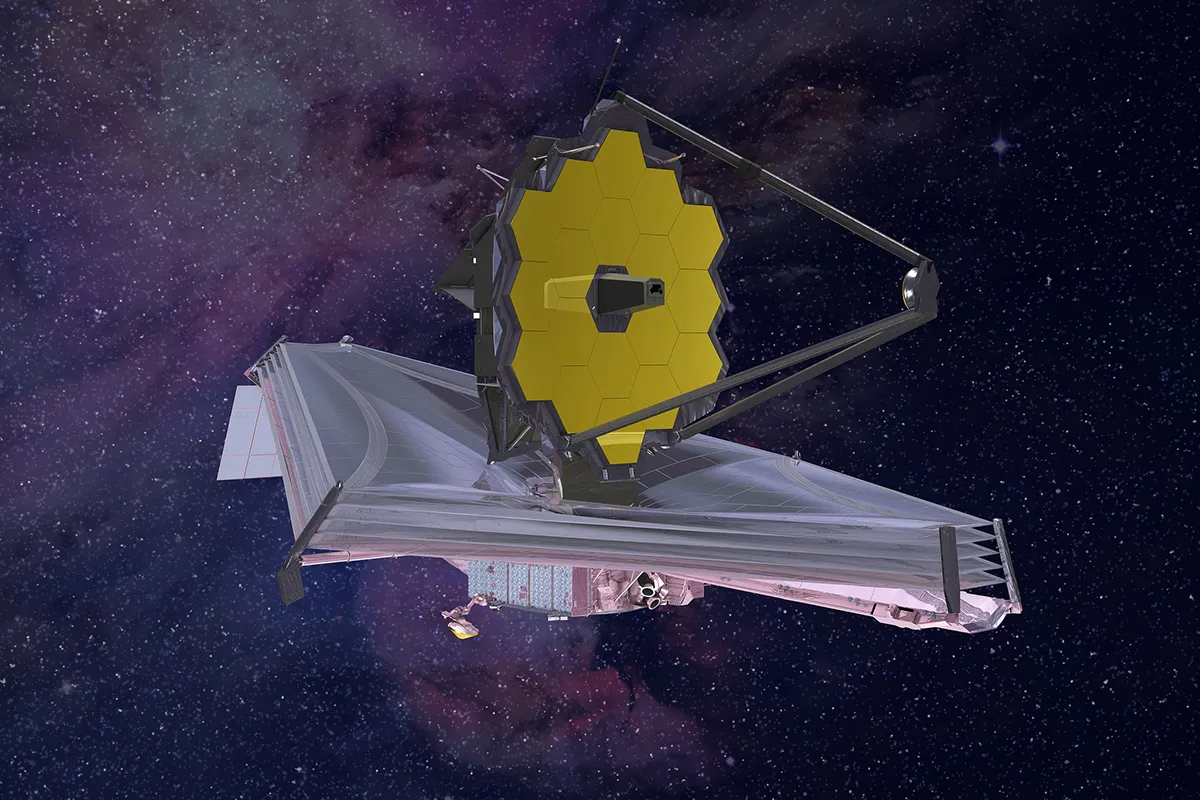The latest image released by the James Webb Space Telescope shows a binary star called Wolf-Rayet 140, with shells of cosmic dust being ejected from the binary system out into space.
At least 17 rings can be seen surrounding WR 140. These shells of dust are formed as the binary stars pass close by in their orbits around one another.
Each close orbital pass causes their stellar winds - streams of particles emanating from the stars - to interact, ejecting the shells out into space.
See the James Webb Space Telescope's latest images

According to Ryan Lau, principal investigator of the Webb Early Release Science program that observed the star, the even spacing of the rings indicates the events that cause the shell formation happen with clockwork regularity: once in each 8-year orbit.
“The 17 shells can be counted like tree rings, showing more than 130 years of dust formation,” Lay says.
“Our confidence in this interpretation of the image was strengthened by comparing our findings to thegeometric dust modelsby Yinuo Han, a doctoral student at the University of Cambridge, which showed a near-perfect match to our observations.”
The shells seen furthest from the binary star have travelled over 70,000 times the distance between Earth and the Sun, at speeds of around 6 million miles per hour.
Using the Webb Telescope’s Mid-Infrared Instrument (MIRI), the team were able to analyse the starlight and study its chemical composition.
This told them that the surrounding dust is composed of material that plays an important role in the formation of stars and planets.
But, says Lay, the origin of this carbonaceous material is still a mystery.
“With the combined results of JWST’s MRS spectra and MIRI imaging, we now have evidence that WR binaries can be an important source of carbon-rich compounds that enrich the interstellar environment of our galaxy, and likely galaxies beyond our own.”

